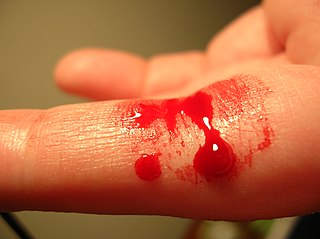
Bleeding, hemorrhage, haemorrhage or blood loss is blood escaping from the circulatory system from damaged blood vessels. Bleeding can occur internally, or externally either through a natural opening such as the mouth, nose, ear, urethra, vagina or anus, or through a puncture in the skin. Hypovolemia is a massive decrease in blood volume, and death by excessive loss of blood is referred to as exsanguination. Typically, a healthy person can endure a loss of 10–15% of the total blood volume without serious medical difficulties. The stopping or controlling of bleeding is called hemostasis and is an important part of both first aid and surgery.
A trauma center, or trauma centre, is a hospital equipped and staffed to provide care for patients suffering from major traumatic injuries such as falls, motor vehicle collisions, or gunshot wounds. A trauma center may also refer to an emergency department without the presence of specialized services to care for victims of major trauma.

Battlefield medicine, also called field surgery and later combat casualty care, is the treatment of wounded combatants and non-combatants in or near an area of combat. Civilian medicine has been greatly advanced by procedures that were first developed to treat the wounds inflicted during combat. With the advent of advanced procedures and medical technology, even polytrauma can be survivable in modern wars. Battlefield medicine is a category of military medicine.

Internal bleeding is a loss of blood from a blood vessel that collects inside the body, and is not usually visible from the outside. It can be a serious medical emergency but the extent of severity depends on bleeding rate and location of the bleeding. Severe internal bleeding into the chest, abdomen, pelvis, or thighs can cause hemorrhagic shock or death if proper medical treatment is not received quickly. Internal bleeding is a medical emergency and should be treated immediately by medical professionals.
An antihemorrhagic agent is a substance that promotes hemostasis. It may also be known as a hemostatic agent.
Banner - University Medical Center Tucson (BUMCT), formerly University Medical Center and the University of Arizona Medical Center, is a private, non-profit, 649-bed acute-care teaching hospital located on the campus of the University of Arizona in Tucson, Arizona. BUMCT is the clinical partner of the University of Arizona College of Medicine – Tucson and is Southern Arizona's only trauma center for both adult and pediatric patients. BUMCT is one of two University of Arizona affiliated academic medical centers in Tucson with Banner - University Medical Center South being the other such institution. The area's only dedicated children's hospital, Banner Children's at Diamond Children's Medical Center, is located within and adjacent to BUMCT, providing care to infants, children, teens, and young adults aged 0–21.
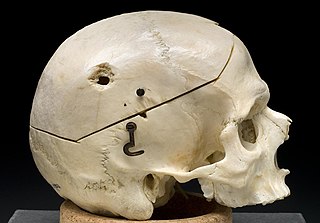
A gunshot wound (GSW) is a penetrating injury caused by a projectile from a gun. Damages may include bleeding, bone fractures, organ damage, wound infection, loss of the ability to move part of the body, and in severe cases, death. Damage depends on the part of the body hit, the path the bullet follows through the body, and the type and speed of the bullet. Long-term complications can include bowel obstruction, failure to thrive, neurogenic bladder and paralysis, recurrent cardiorespiratory distress and pneumothorax, hypoxic brain injury leading to early dementia, amputations, chronic pain and pain with light touch (hyperalgesia), deep venous thrombosis with pulmonary embolus, limb swelling and debility, and lead poisoning.

Lincoln Hospital is a full service medical center and teaching hospital affiliated with Weill Cornell Medical College, in the Mott Haven neighborhood of the Bronx, New York City, New York. The medical center is municipally owned by NYC Health + Hospitals.
The Brain Trauma Foundation (BTF) was founded in 1986 to develop research on traumatic brain injury (TBI). Since its formation the foundation's mission has expanded to improving the outcome of TBI patients nationwide through working to implement evidence-based guidelines for prehospital and in-hospital care, quality-improvement programs, and coordinating educational programs for medical professionals.

Trauma in children, also known as pediatric trauma, refers to a traumatic injury that happens to an infant, child or adolescent. Because of anatomical and physiological differences between children and adults the care and management of this population differs.
Trauma surgery is a surgical specialty that utilizes both operative and non-operative management to treat traumatic injuries, typically in an acute setting. Trauma surgeons generally complete residency training in general surgery and often fellowship training in trauma or surgical critical care. The trauma surgeon is responsible for initially resuscitating and stabilizing and later evaluating and managing the patient. The attending trauma surgeon also leads the trauma team, which typically includes nurses and support staff, as well as resident physicians in teaching hospitals.
Prehospital ultrasound is the specialized application of ultrasound by paramedics, to guide immediate care and treatment procedures. Like conventional ultrasound, it is a device that produces cyclic sound pressure to penetrate a medium (flesh) and reveal details about the inner structure of the medium.
Damage control surgery (DCS) is surgical intervention to keep the patient alive rather than correct the anatomy. It addresses the "lethal triad" for critically ill patients with severe hemorrhage affecting homeostasis leading to metabolic acidosis, hypothermia, and increased coagulopathy.
A transmediastinal gunshot wound (TMGSW) is a penetrating injury to a person's thorax in which a bullet enters the mediastinum, possibly damaging some of the major structures in this area. Hemodynamic instability has been reported in about 50% of cases with a mortality rate ranging from 20% to 49%. Some studies have shown marked improvement in the mortality rate of patients who survived transfer to the operating room rather than being treated surgically in the ER.
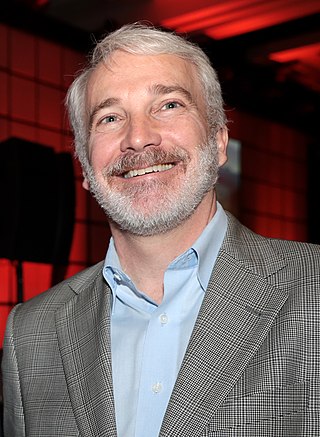
Randall Scott Friese is an American surgeon and politician from the state of Arizona. A member of the Democratic Party, Friese served in the Arizona House of Representatives from 2015 through 2021, when he resigned to focus on his medical career.
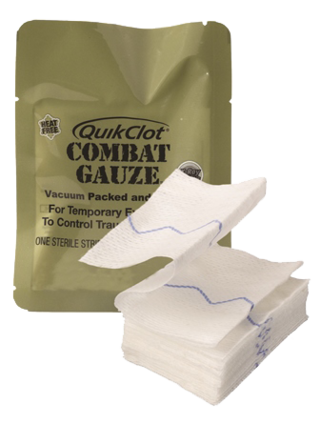
QuikClot is a brand of hemostatic wound dressing that contains an agent that promotes blood clotting. The brand is owned by Teleflex. It is primarily used by militaries and law enforcement to treat hemorrhaging from trauma.

Tactical Combat Casualty Care are the United States military guidelines for trauma life support in prehospital combat medicine, designed to reduce preventable deaths while maintaining operation success. The TCCC guidelines are routinely updated and published by the Committee on Tactical Combat Casualty Care (CoTCCC), which is part of the Defense Committees on Trauma (DCoT) division of the Defense Health Agency (DHA). TCCC was designed in the 1990s for the Special Operations Command medical community. Originally a joint Naval Special Warfare Command and Special Operations Medical Research & Development initiative, CoTCCC developed combat-appropriate and evidence-based trauma care based on injury patterns of previous conflicts. The original TCCC corpus was published in a Military Medicine supplement in 1996. TCCC has since become a Department of Defense (DoD) course, conducted by National Association of Emergency Medical Technicians.
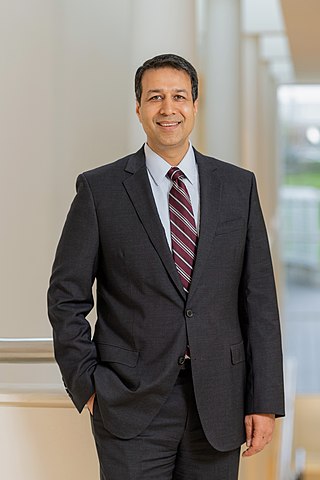
Hasan Badre Alam is a trauma surgeon, surgeon-scientist, and a medical professor in the United States. He is the Loyal and Edith Davis Professor of Surgery, the Chairman of Department of Surgery at the Feinberg School of Medicine (FSM)/Northwestern University, and the Surgeon-in-Chief at Northwestern Memorial Hospital (NMH) in Chicago.
The American Burn Association (ABA), is a member-based organization of professionals dedicated to burn injury treatment, research, education, and prevention. The 2,000+ members of the ABA span multiple disciplines that specialize in burns, including physicians, surgeons, nurses, physical and occupational therapists, firefighters, social workers, researchers, and hospitals with burn centers. Since it was founded in 1967, the ABA has created a variety of programs in an effort to improve the lives of those affected by burn injuries.
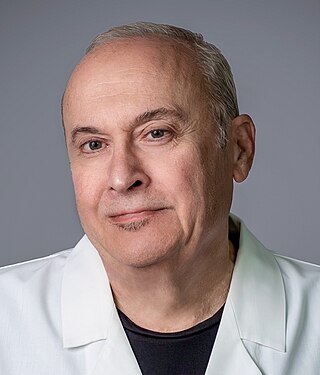
Robert Edward Falcone is an Italian-American surgeon. He is a fellow of the American College of Surgeons and the Society of Critical Care Medicine. He also serves as a clinical professor of surgery at the Ohio State University College of Medicine. He was the president of the Grant Medical Center and Columbus Medical Association.













